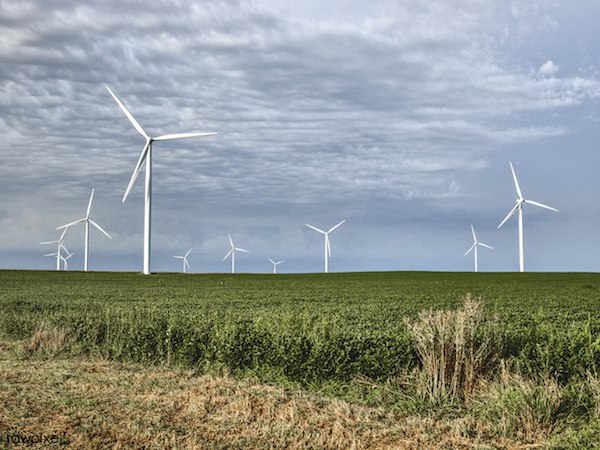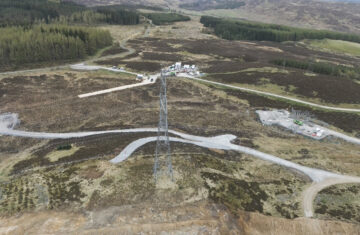The notion that 100% renewable energy is a laudable and realistic goal is often debated. However, a closer examination reveals complexities that contradict this ideal.
Wind Energy Production vs. Demand
Data from the U.S. Energy Information Administration (EIA) indicates that wind generation tends to produce the most electricity when demand is lowest, typically around April. Conversely, it generates the least power during peak demand months, such as July and August.

A recent letter to the editor suggested that Iowa could sell its excess electricity generated by wind and solar. This is already occurring. In April, Iowa generated more electricity from wind than its demand. Specifically, the demand for electricity in Iowa was 4.25 million megawatt-hours (MWh), while wind turbines generated 5.12 million MWh. Of this, 1.48 million MWh was sold out of state. Despite this surplus, Iowa still required 150,000 MWh from coal and 330,000 MWh from natural gas to meet total demand. On certain days, Iowa’s installed wind capacity of 13,000 megawatts (MW) could not satisfy the average demand of 5,900 MW.
Seasonal Demand Fluctuations
In contrast, during August, when demand peaked at 5.03 million MWh, wind turbines generated only 2.32 million MWh. Even doubling Iowa’s wind generation capacity would not have met that demand. Despite this shortfall, 475,000 MWh of wind-generated electricity was sold out of state. The state needed 1.8 million MWh from coal and 1.27 million MWh from natural gas. In this case, adding battery storage would not have compensated for the lack of wind energy, as there was insufficient output to charge them. Only in March and April did wind energy generate enough electricity to effectively charge backup batteries.
Alternative Energy Solutions
Some have proposed purchasing additional energy from Arizona, which sources 30% of its electricity from nuclear, 7% from solar, and 1.5% from wind. This raises the question of whether restarting the Duane Arnold Energy Center in Iowa might be a viable solution.
Conclusion
The pursuit of 100% renewable energy in Iowa may not be realistic without backup energy sources such as coal, natural gas, and potentially nuclear power. Continuing down this path could lead to an increased risk of brownouts and blackouts as the state struggles to meet energy demand during peak periods.
Sources
- U.S. Energy Information Administration (EIA)
- Iowa Utilities Board
- National Renewable Energy Laboratory (NREL)



